Navigating the world of mountain bike tires can be overwhelming. Choosing the right tire is crucial, as it significantly impacts your ride quality, handling, and overall performance. For riders seeking a versatile tire that excels in both dirt touring and rugged singletrack conditions, the Maxxis Forekaster has emerged as a compelling option. In this in-depth review, we delve into the redesigned Maxxis Forekaster, sharing insights from extensive testing across diverse terrains, from the doubletrack trails of San José del Pacifico to the challenging slopes of the Sierra Norte.
Like many cyclists, I’ve spent countless hours pondering tire choices. It’s a critical decision, and the quest for the perfect balance of grip, rolling resistance, and durability is ongoing. Maxxis tires frequently appear in these considerations, with many models earning high praise. Despite my familiarity with the brand, their naming conventions can be puzzling. However, names aside, performance is paramount. When Maxxis revamped the Forekaster, my interest was immediately sparked.
I was searching for a front tire that could handle the varied conditions of an upcoming trip to Oaxaca. The ideal tire needed to be adaptable – fast-rolling and lightweight for long stretches of dirt roads, yet aggressive enough to confidently tackle Oaxaca’s demanding, technical singletrack. The memory of losing front tire traction on a steep Sierra Norte trail the previous year was still vivid, emphasizing the need for reliable grip.
Finding a tire to bridge this performance gap seemed like a tall order. My initial considerations were the Maxxis DHF and Rekon. The Rekon, lighter and faster-rolling, appeared suitable for dirt roads but potentially lacking in grip for steep, loose trails, especially in wet conditions. The DHF, a singletrack staple, offered dependable grip but at the cost of rolling speed and increased weight. The redesigned Maxxis Forekaster aimed to be the solution, promising a balance of these characteristics.
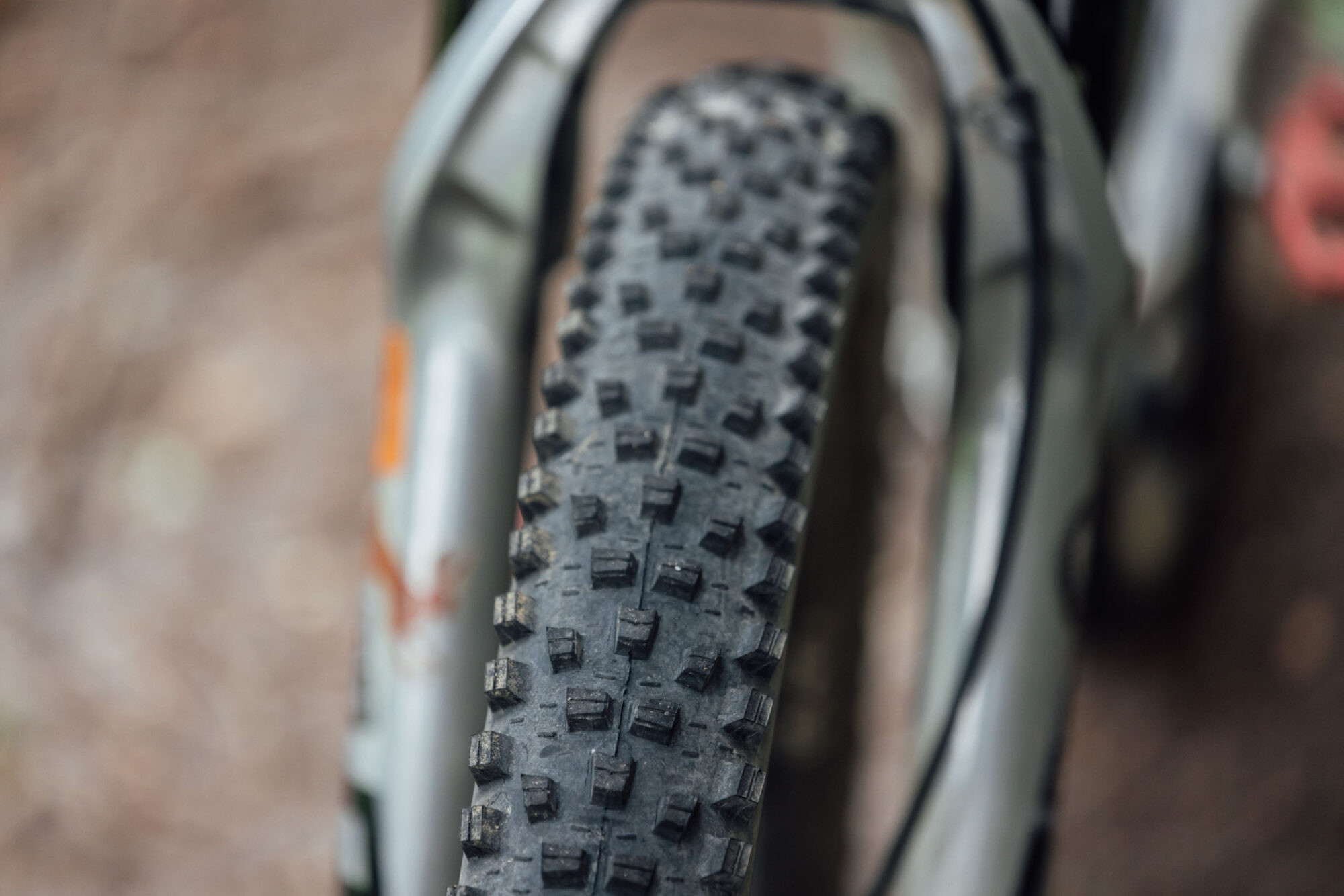 Maxxis Forekaster Review
Maxxis Forekaster Review
The Evolution of the Maxxis Forekaster Tire
The original Maxxis Forekaster, introduced in 2016, was designed as a wet-weather cross-country tire. Its tread pattern featured shorter, more spaced-out knobs optimized for mud shedding and traction on loose-over-hard surfaces. The latest iteration of the Forekaster represents a significant departure. It now boasts taller, larger, and more closely spaced knobs. The side lugs are also larger and more aggressive, strategically aligned to enhance cornering grip.
Maxxis positions the new Forekaster as a versatile, all-around tire suitable for both dry and wet conditions. It’s designed to bridge the gap between dedicated trail and cross-country (XC) tires, specifically tailored for modern short-travel trail bikes in the 100mm to 130mm travel range, often referred to as “downcountry” bikes. Crucially, for my needs, the Forekaster aimed to provide the desired sweet spot: grippy center tread for efficient rolling, combined with exceptional cornering and dependable braking traction.
I opted for the 29 x 2.6” EXO/TR version of the Forekaster and mounted it on my Cotic SolarisMax. This particular model features Maxxis’ dual-compound rubber. The 29 x 2.6″ Forekaster is available in several configurations, including the 3CT/EXO (triple compound), a heavier non-EXO version, and the dual-compound option. The 2.4″ casing offers even more choices, including the robust EXO+ sidewall protection. EXO casing integrates a layer of cut and abrasion-resistant material into the tire sidewall. Combined with a 60 TPI casing, the 29 x 2.6” EXO Forekaster achieves a relatively light weight of 1,013 grams while maintaining durability. An EXO+ option in this size would be a welcome addition for riders prioritizing maximum puncture protection.
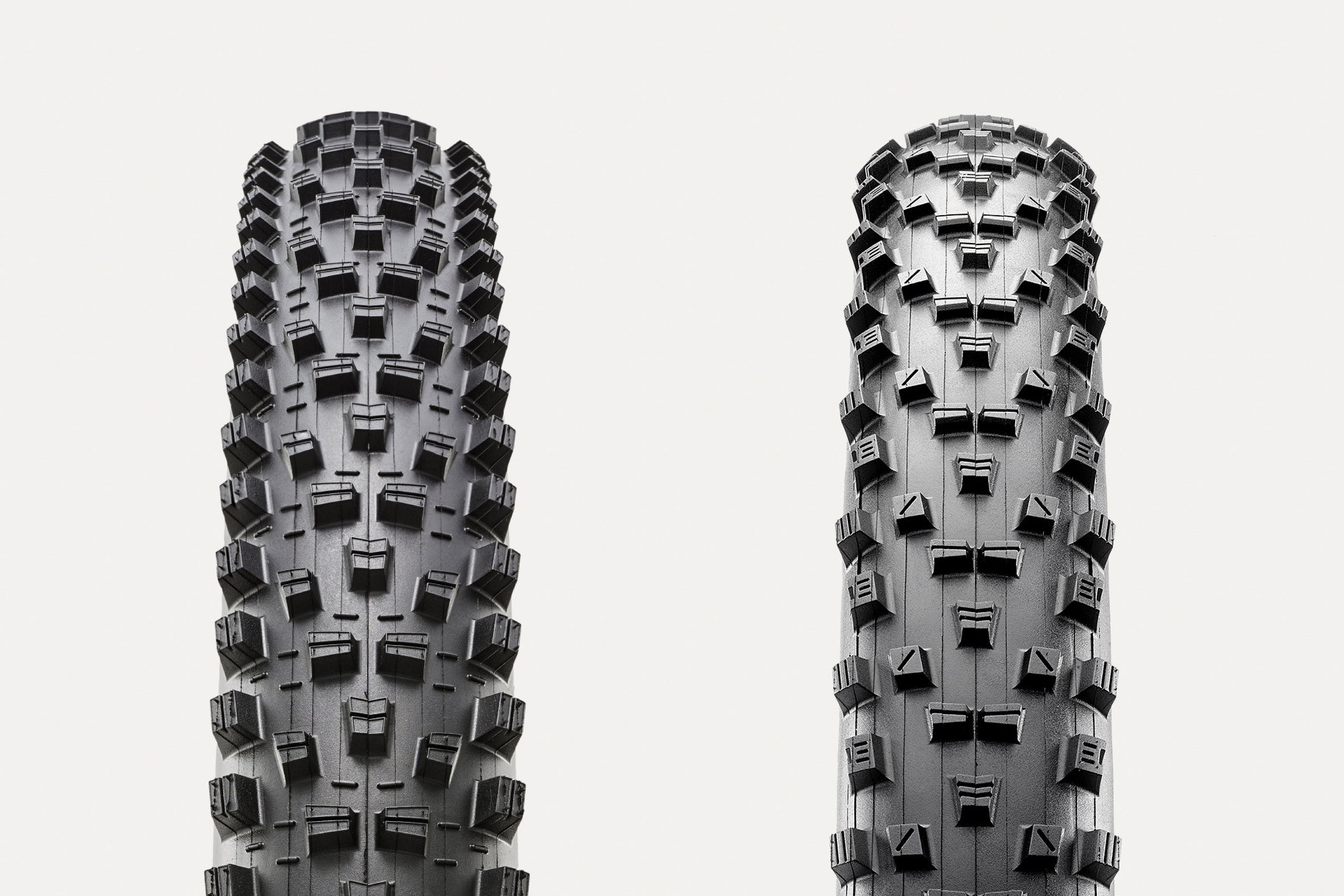 Maxxis Forekaster Review
Maxxis Forekaster Review
The 3CT variant of the Forekaster utilizes three distinct rubber compounds across the tread. A firm base layer enhances stability, medium-compound center knobs balance grip and rolling efficiency, and softer shoulder knobs maximize cornering traction. The Forekaster employs Maxxis’ MaxxTerra rubber compounds, offering increased traction compared to the XC-oriented 3C MaxxSpeed. The dual-compound version simplifies construction with two rubber densities, presenting a more budget-friendly alternative.
First Impressions: Riding the Maxxis Forekaster
Mounting the Forekaster on a 31mm carbon rim was straightforward, requiring only a floor pump – typical for Maxxis tires in my experience. With limited time before my trip, I managed a quick test ride to assess performance and identify any issues. Initial impressions were positive. The tire didn’t feel exceptionally fast but also avoided feeling sluggish. Importantly, it delivered ample traction for both braking and cornering.
Comparing it visually to the DHF and Rekon, the Forekaster appeared more like a trail tire than a purely XC option. Based on this initial ride and closer inspection, I decided to pack the bike with the Forekaster for Oaxaca – the ultimate test.
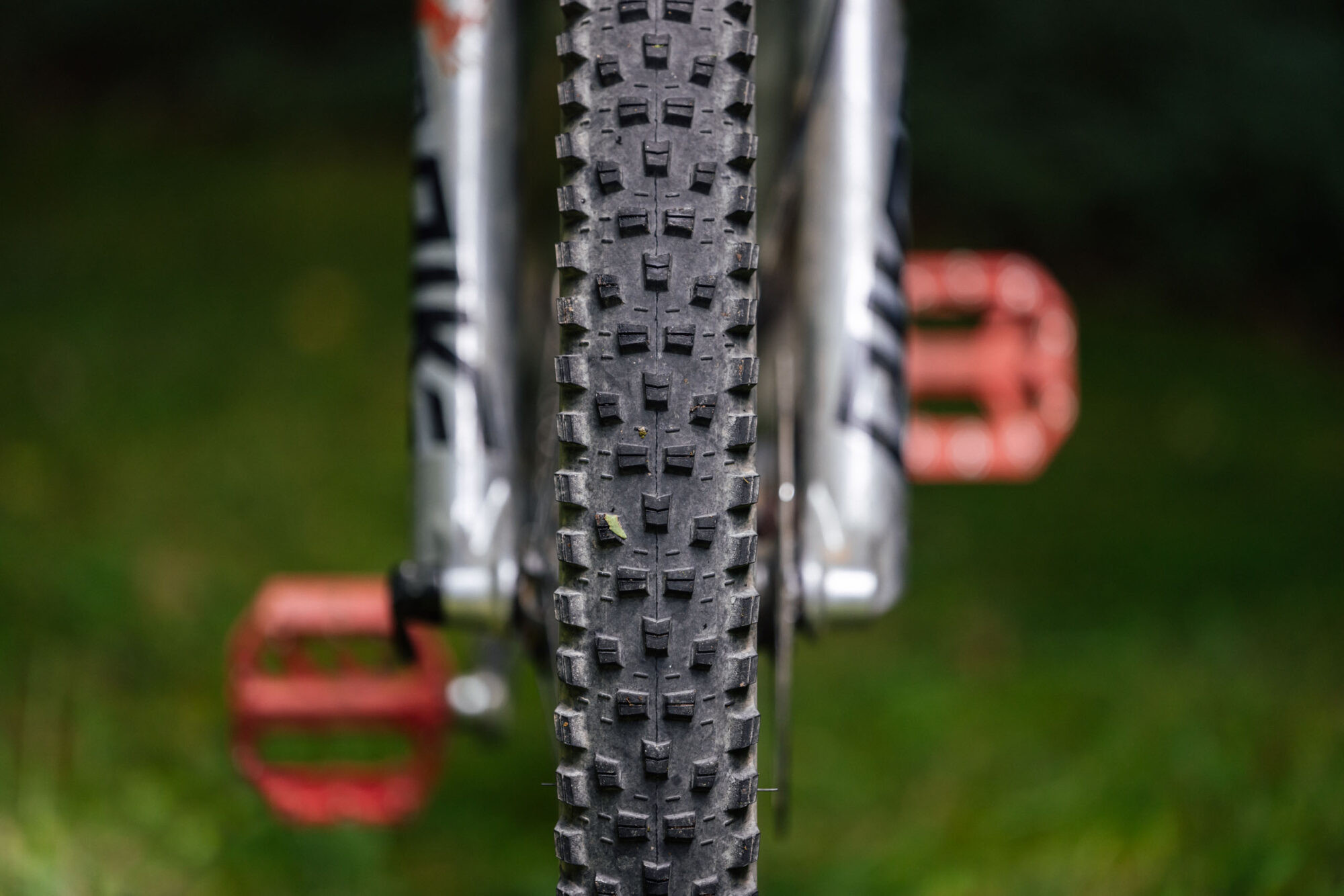 Maxxis Forekaster Review
Maxxis Forekaster Review
In Oaxaca, I paired the Forekaster with a Rekon tire on the rear. This combination proved to be quite efficient on gravel and rutted dirt roads, and surprisingly well-behaved on pavement. It felt like a faster iteration of the classic DHF/Rekon pairing, aligning perfectly with my expectations. On the dry, loose trails of the Sierra Norte foothills, the Forekaster’s grip impressed me further. It felt consistent and dependable while navigating and descending the challenging surfaces Oaxaca is known for. Cornering was predictable and controlled, with the prominent side knobs providing confidence on demanding trails.
While the Forekaster offers less outright grip than a DHF for cornering and braking, it represented a significant improvement over a tire like the Rekon in more technical terrain. Unlike my previous experience with a less aggressive XC tire in similar conditions, the Forekaster instilled confidence and eliminated any “oh-shit” moments. For the extreme black and double-black diamond singletrack found in Oaxaca, perhaps no tire offers “perfect” grip, but the Forekaster struck an excellent balance, surpassing the Rekon and approaching the performance of the burlier DHF.
The 60TPI casing of the Forekaster also proved to be a highlight. It isn’t overly stiff or harsh, yet it feels robust enough for medium to aggressive singletrack riding, particularly for a rider of my weight (175 pounds) on a 120mm travel hardtail. Even under hard riding, the tire remained stable and predictable in corners, without any unwanted squirm or folding, even when bikepacking with a reasonable load.
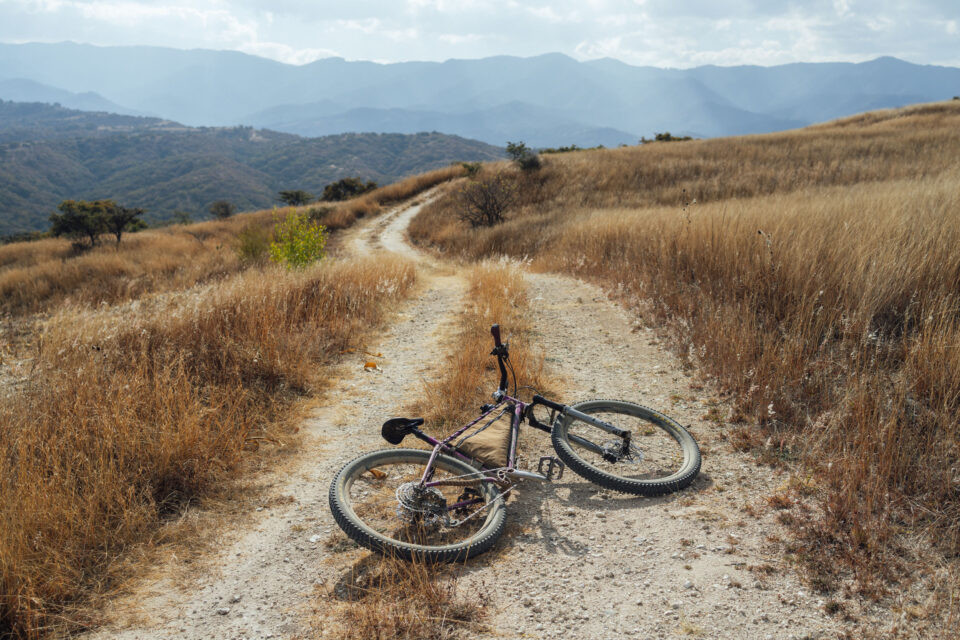 Logan on Cotic SolarisMax
Logan on Cotic SolarisMax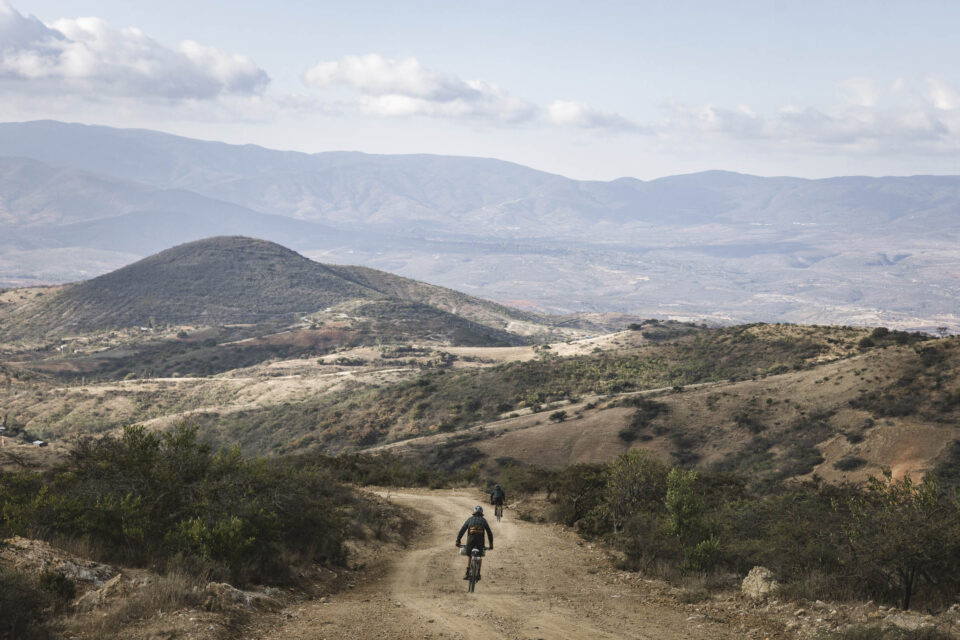 Logan bikepacking in Oaxaca
Logan bikepacking in Oaxaca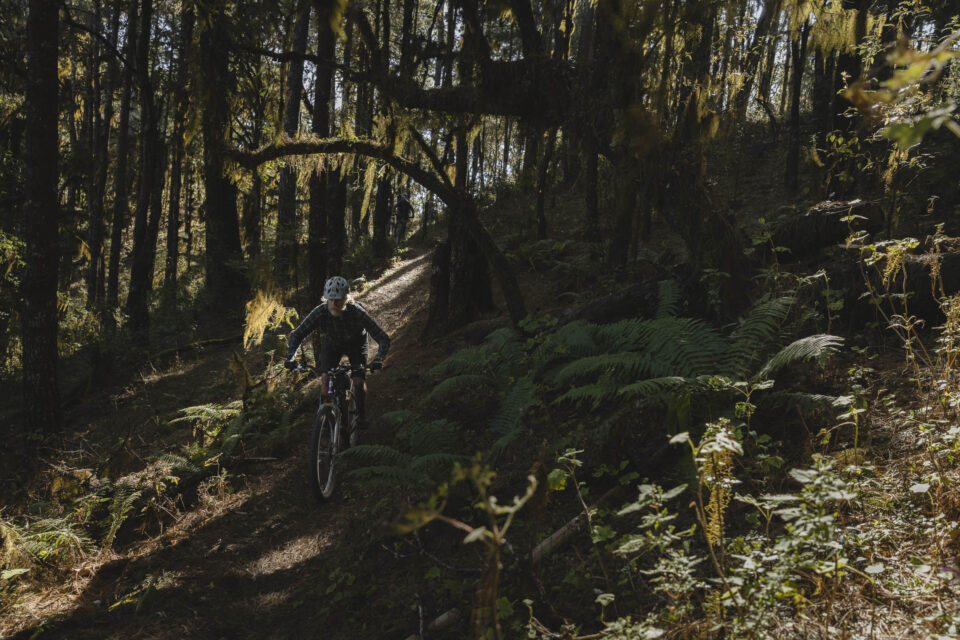 Oaxaca singletrack riding
Oaxaca singletrack riding
Maxxis Forekaster in Racing Conditions
Since the Oaxaca trip, the Forekaster has become my go-to front tire on several bike setups, including my singlespeed trail hardtail. It saw extensive use while training for and competing in PMBAR, a local adventure race in the spring. For this event, the Ikon/Forekaster combination proved ideal. It offered the necessary efficiency for minimizing fatigue during a long day, combined with sufficient control for confidence on challenging singletrack. My race partner opted for an Ikon/Rekon setup, but I was pleased with my tire choice. We finished fifth in the singlespeed category, a result I was very happy with.
Tire Durability and Longevity
I also equipped my partner Virginia’s dirt touring bike with the Forekaster for our Sage and Saddles scouting trip in Gunnison. That tire has now accumulated over 600 demanding miles. Even more remarkably, the Forekaster used on my Cotic during our two-month Oaxaca trip has now surpassed 1,000 miles. This includes demanding routes like the 244-mile San José del Pacifico and the 120-mile Vuelta a Los Pueblos Mancomunados, along with numerous shorter rides. Despite this significant mileage, the tire still appears ready for considerably more use, with the tread grooves still visible on the center knobs. Neither of these Forekaster tires has suffered any punctures or tears.
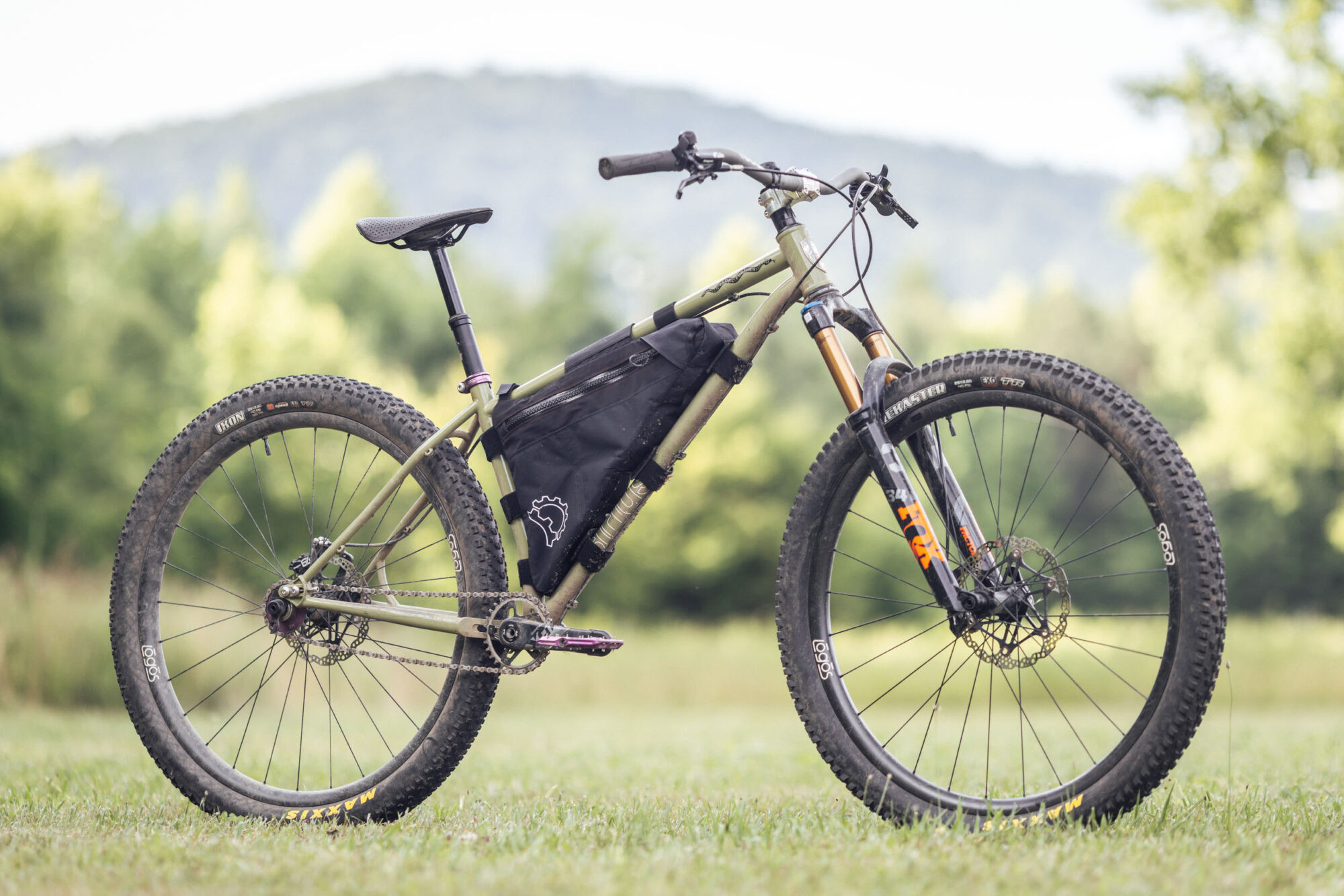 Revelate Designs Rifter Frame Bag Review
Revelate Designs Rifter Frame Bag Review
Maxxis Forekaster Compared to Other Bike Tires
To provide context on weight and price, here’s a comparison table including tires in a similar category and those I considered alongside the Forekaster:
| Tire Model | Specs | Weight | Price |
|---|---|---|---|
| Maxxis Rekon | 29 x 2.6, 3CT/EXO/TR 120TPI | *905 g (32.0 oz) | $101 |
| Vittoria Agarro | 29 x 2.6, Tubeless TNT | 970 g (34.2 oz) | $81 |
| Maxxis Forekaster | 29 x 2.6, 3CT/EXO/TR 60TPI | *1013 g (35.7 oz) | $101 |
| Maxxis DHF | 29 x 2.6, 3CT/EXO/TR 120TPI | *1029 g (36.3 oz) | $101 |
| Teravail Honcho | 29 x 2.6, Light and Supple 60TPI | 1040 g (36.7 oz) | $65 |
| Schwalbe Nobby Nic | 29 x 2.6, Addix/Speedgrip | 1080 g (38.1 oz) | $98 |
| WTB Trail Boss | 29 x 2.6, Tough/Fast 60TPI | 1286 g (45.4 oz) | $90 |
*Weights marked with an asterisk are actual measured weights.
If you have other tire suggestions for comparison, please share them in the comments below.
- Model Tested: Maxxis Forekaster 29 x 2.6″ EXO
- Actual Weight: 1,013 grams (35.7 oz)
- Place of Manufacture: Taiwan
- Price: $95 at REI
- Manufacturer’s Details: Maxxis
Pros of Maxxis Forekaster Bike Tires
- Excellent traction and grip across a wide range of conditions.
- Impressively fast-rolling for its level of cornering ability and traction.
- A superb front tire choice for mixed terrain, blending singletrack and dirt roads.
- Robust casing that still provides a comfortable and supple ride quality.
- Demonstrates good durability as a front tire with extended tread life.
Cons of Maxxis Forekaster Bike Tires
- Limited size options currently available.
- Measures slightly narrower than the stated width.
- May require higher pressure or a tire insert for adequate support and rim protection when used as a rear tire in aggressive riding.
- Braking traction is not as strong as dedicated braking-focused tires like the DHF.
Final Verdict: Maxxis Forekaster for Versatile Riding
After extensive use in diverse conditions, the 29 x 2.6” Maxxis Forekaster has proven to be an exceptional tire. It effectively bridges the gap between dirt touring and singletrack mountain biking, performing admirably in both disciplines. It neatly slots between the DHF and Rekon in Maxxis’ lineup, offering a rolling speed close to the Rekon with cornering and braking capabilities approaching the DHF, albeit with slightly less aggressive performance than the latter. The Forekaster’s versatility and durability have led me to purchase several more, and its resistance to punctures and wear has been remarkable. In conclusion, the Maxxis Forekaster has earned its place as a top front tire choice for riders who prioritize a balance of efficiency, grip, and durability across varied terrain, making it ideal for bikepacking adventures and trail riding.
